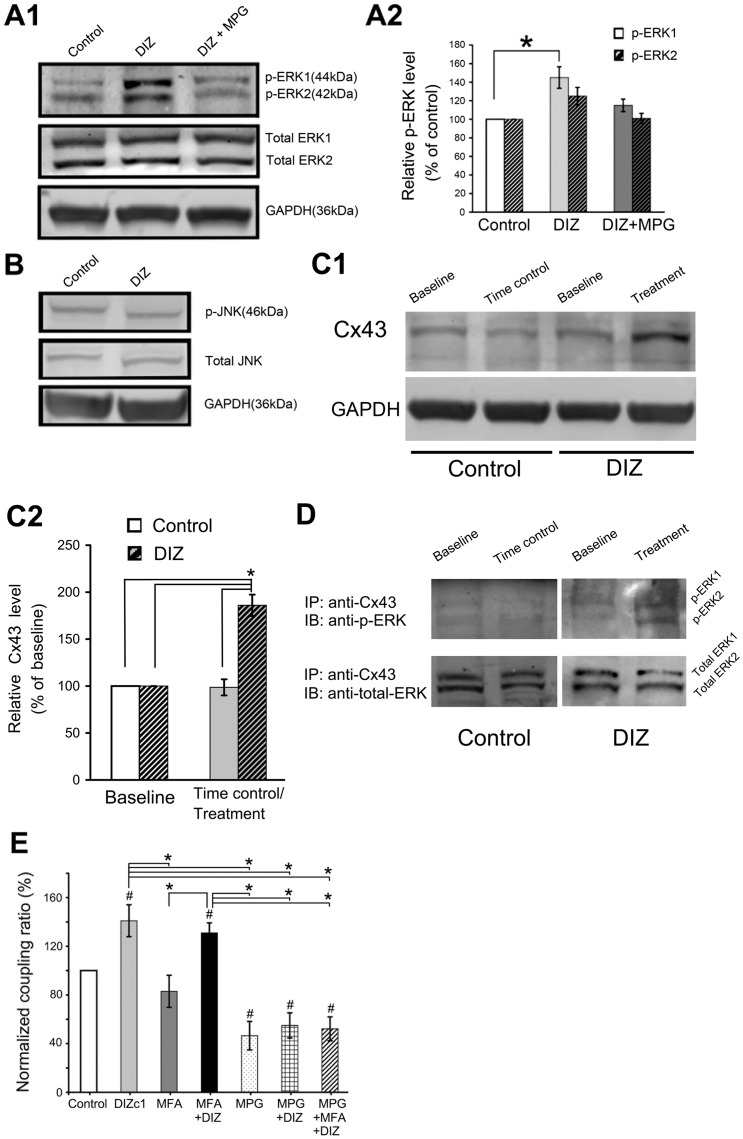Figure 6. DIZ may regulate astrocytic electrical coupling via up-regulation of Cx43 constituted gap junction coupling through an ERK-dependent mechanism.
(A1) Representative immunoblots of lysates from untreated control, DIZ-treated, and DIZ + MPG-treated astrocytes. (A2) The level of ERK phosphorylation (p-ERK1) was significantly increased by DIZ, though for the level of JNK was unchanged (B). The increase in the level of phosphorylated ERK after treatment with DIZ was suppressed by treatment with MPG. n = 4. (C1) Representative immunoblots of CX43 in untreated control and in DIZ-treated astrocytes. (C2) A summary of densitometry data normalized by baseline level in each group. DIZ significantly increased the level of Cx43. n = 4. *p<0.05. (D) Immunoblotting for phospho-ERK in Cx43-immunoprecipitated samples. Phospho-ERK was detected in Cx43-immunoprecipitates in samples treated with DIZ. The results from three experiments were the same. DIZ = 100 µM diazoxide, p-ERK = phosphorylated ERK, p-JNK = phosphorylated JNK, MPG = 1 mM N-2-mercaptopropionyl glycine, Cx43 = Connexin 43, IP = immunoprecipitate, IB = Immunoblotting. (E) MPG, a synthetic aminothiol antioxidant that could suppress ERK1/2 phosphorylation, attenuated the effects of DIZ on electrical coupling. We pre-treated the slice with MPG for 1 h before recording, and found that MPG inhibited the coupling ratio by 54% (n = 6) and diminished the DIZ-nduced coupling ratio by 61% (n = 8). When combining inhibition of ERK1/2 with blockage of gap junction, the DIZ-induced electrical coupling was diminished by 63% (n = 7). Mean ± SEM; * P<0.05. # P<0.05 compared to the control. DIZ, Diazoxide; GAPDH, glyceraldehyde-3-phosphate dehydrogenase; MFA, Meclofenamic acid; MPG = 1 mM N-2-mercaptopropionyl glycine.

